The solar industry’s rapid evolution is a story of innovation, fierce competition, and dramatic exits. As countries move toward decarbonization and grow the share of renewable energy in the total energy mix, the commercial solar panel sector has seen both meteoric rises and sudden declines among its most prominent brands. The major implication? The replacing the discontinued solar panel brands, when they near the end of their useful life, supports the growth of today’s solar after-market.
“I’d put my money on the sun and solar energy. What a source of power! I hope we don’t have to wait until oil and coal run out before we tackle that.” – Thomas Edison.
Solar light to electricity conversion
The sunlight that hits a square foot of any surface carries 127 watts of energy. The ideal solar panel would convert 100% of this energy into electricity.
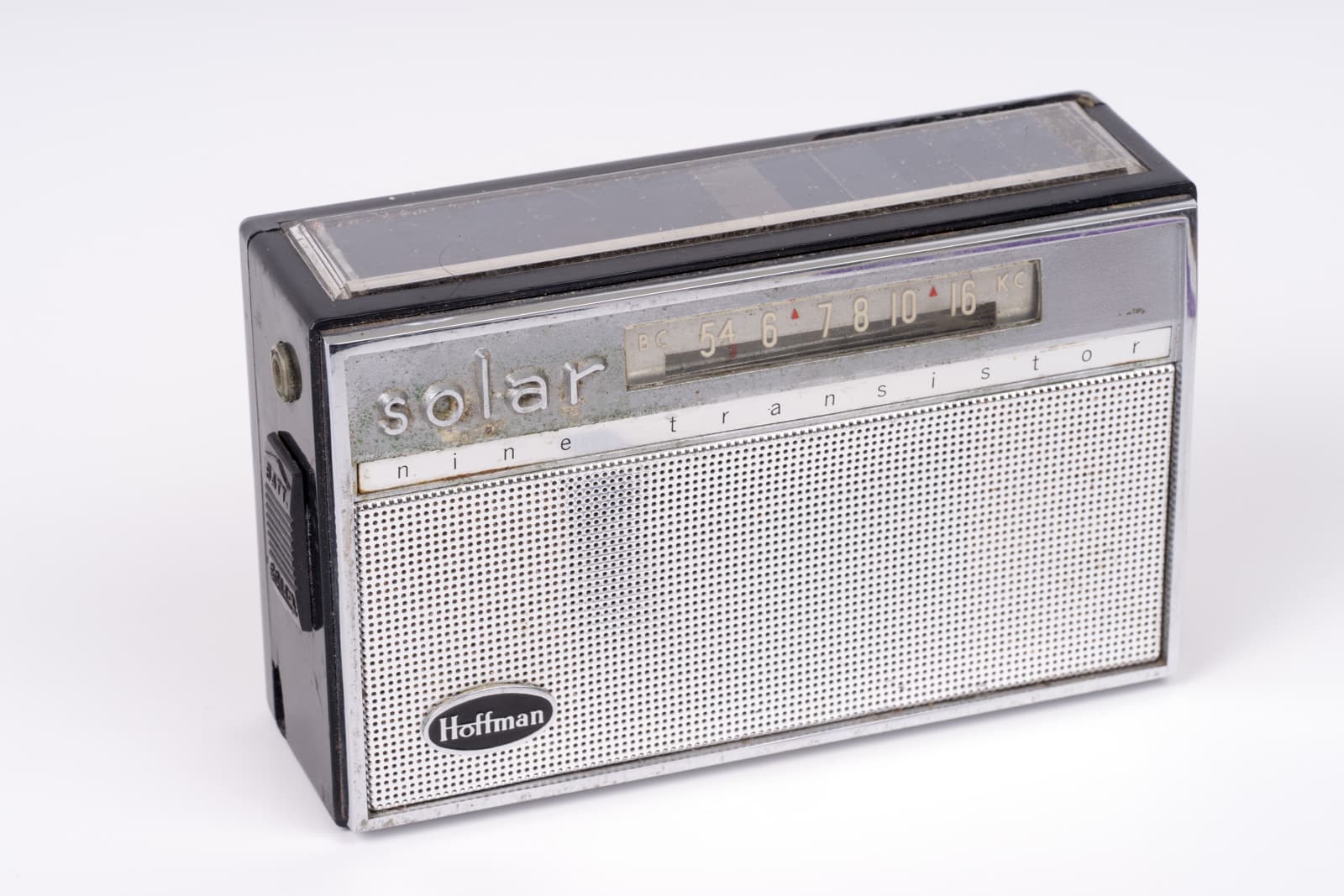
The history of commercial use of solar energy began in the mid-20th century, when Bell Labs introduced the first practical silicon photovoltaic (PV) cell, boasting a then-revolutionary 6% efficiency. By the late 1950s, companies like Hoffman Electronics had pushed efficiencies to 14%, sparking commercial interest and laying the groundwork for the solar industry’s future. In 2025, solar panel efficiency continues to break new ground – LONGi has launched a solar panel with a remarkable 24.8% efficiency and a maximum power output of 670 W. These efficiency gains not only demonstrated the technical feasibility of solar power but also ignited commercial and governmental interest, setting the stage for the industry’s rapid historical development.
From pioneering innovation to global expansion
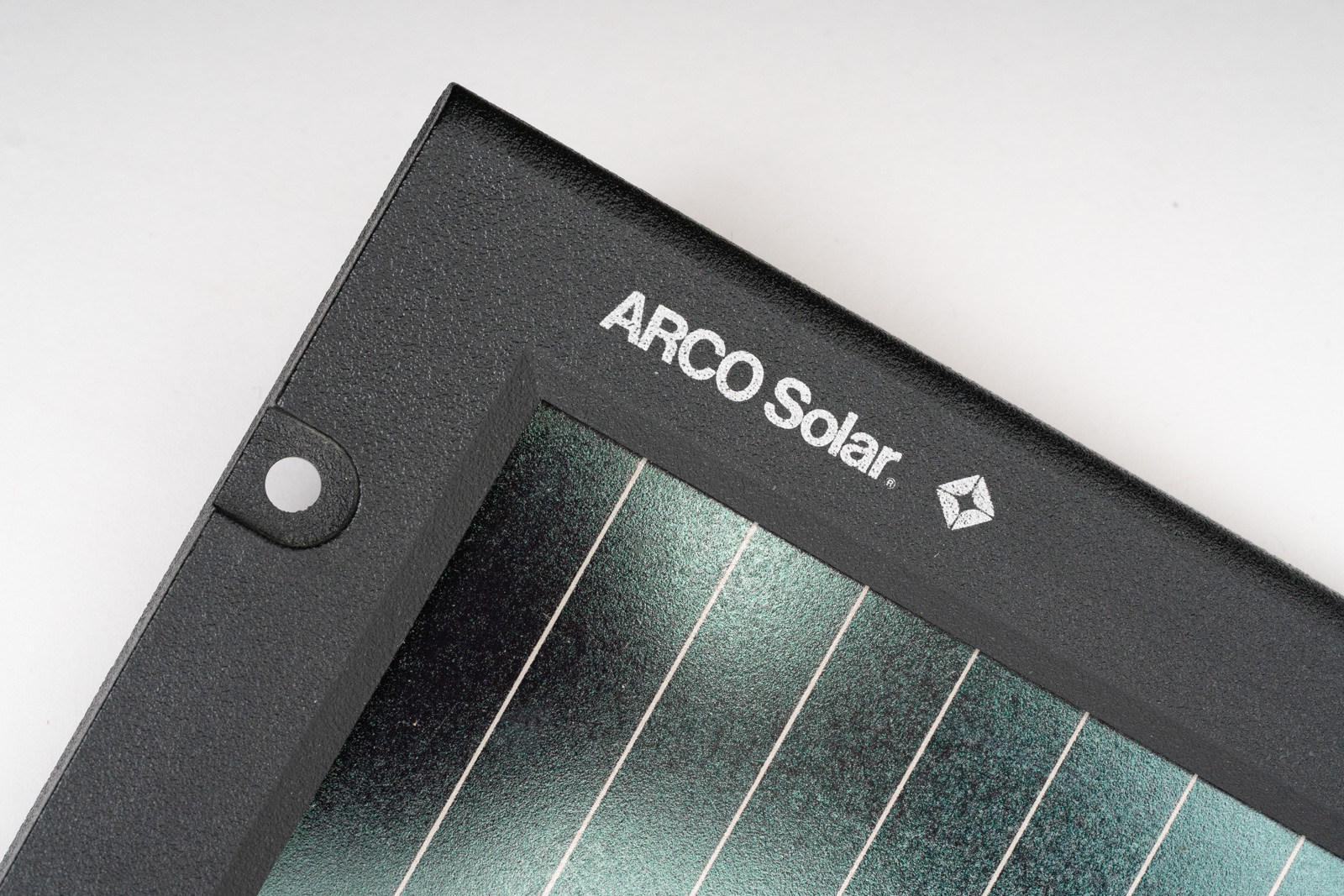
The 1970s energy crisis marked a turning point. Governments and corporations, eager for alternatives to fossil fuels, accelerated solar R&D. ARCO Solar emerged as a trailblazer, becoming the first company to produce 1 megawatt of PV modules in a single year by 1980. Meanwhile, Japanese firms such as Sharp and Kyocera established themselves as global leaders, driving advancements in efficiency and reliability.
The 1990s saw a surge in investment, with brands like SolarWorld facilitating the adoption of crystalline silicon panels across Europe. In the United States, initiatives like the “One Million Solar Roofs” program further fueled demand for commercial solar solutions.
Market shifts and the fall of industry icons
The 2000s ushered in a new era of innovation, with thin-film technologies and high-efficiency modules from companies like First Solar and SunPower. This period also saw the rise of Chinese manufacturing, which dramatically lowered costs and intensified global competition.
By the 2010s, many established brands struggled to adapt. BP Solar, a committed player since the 1980s, exited the market in 2011. Solyndra, once celebrated for its unique cylindrical panels, filed for bankruptcy the same year amid unsustainable production costs. Other notable departures included Evergreen Solar, Schott Solar, and SolarWorld—each leaving a legacy of technological advancement and market expansion.
Brands that shaped the industry
Despite their market exits, these discontinued brands made significant contributions to the solar industry. BP Solar was instrumental in advancing crystalline silicon technology and helped establish early commercial markets. Solyndra’s innovative cylindrical solar panels, though commercially unsuccessful, demonstrated the potential for alternative PV designs. Evergreen Solar contributed to cost reduction initiatives and manufacturing process improvements.
The list of discontinued solar panel brands is long and storied, featuring names such as Uni-Solar, HelioVolt, and Abound Solar, etc. Their stories offer valuable lessons on the importance of innovation, adaptability, and strategic foresight in a rapidly changing market.
Bluewater, a leading USA second-life solar equipment player, posted the full list of discontinued solar panel brands and their timelines.
The exit of these major players created both challenges and opportunities in the solar industry.
The after-market opportunity: A new chapter for solar
As more legacy panels reach the end of their service lives, the need to replace discontinued brands is supporting the after-market for solar components and services. Custom-sourcing matching solar panels ensures the continued performance of existing solar installations. The services of companies such as Bluewater improve the longevity and sustainability of installed solar plants, while also driving further adoption of solar energy by making upgrades and replacements more accessible.
 Max Khabur is a Director of Marketing at Bluewater, one of the US leading operators in the surplus solar equipment and battery market. Formerly Max led marketing at OneCharge Lithium Batteries, and was elected Chairman of the Advanced Energy Council, representing a group of companies – members of the MHI.org (Materials Handling Industry) Association.
Max Khabur is a Director of Marketing at Bluewater, one of the US leading operators in the surplus solar equipment and battery market. Formerly Max led marketing at OneCharge Lithium Batteries, and was elected Chairman of the Advanced Energy Council, representing a group of companies – members of the MHI.org (Materials Handling Industry) Association.
The views and opinions expressed in this article are the author’s own, and do not necessarily reflect those held by pv magazine.
This content is protected by copyright and may not be reused. If you want to cooperate with us and would like to reuse some of our content, please contact: editors@pv-magazine.com.

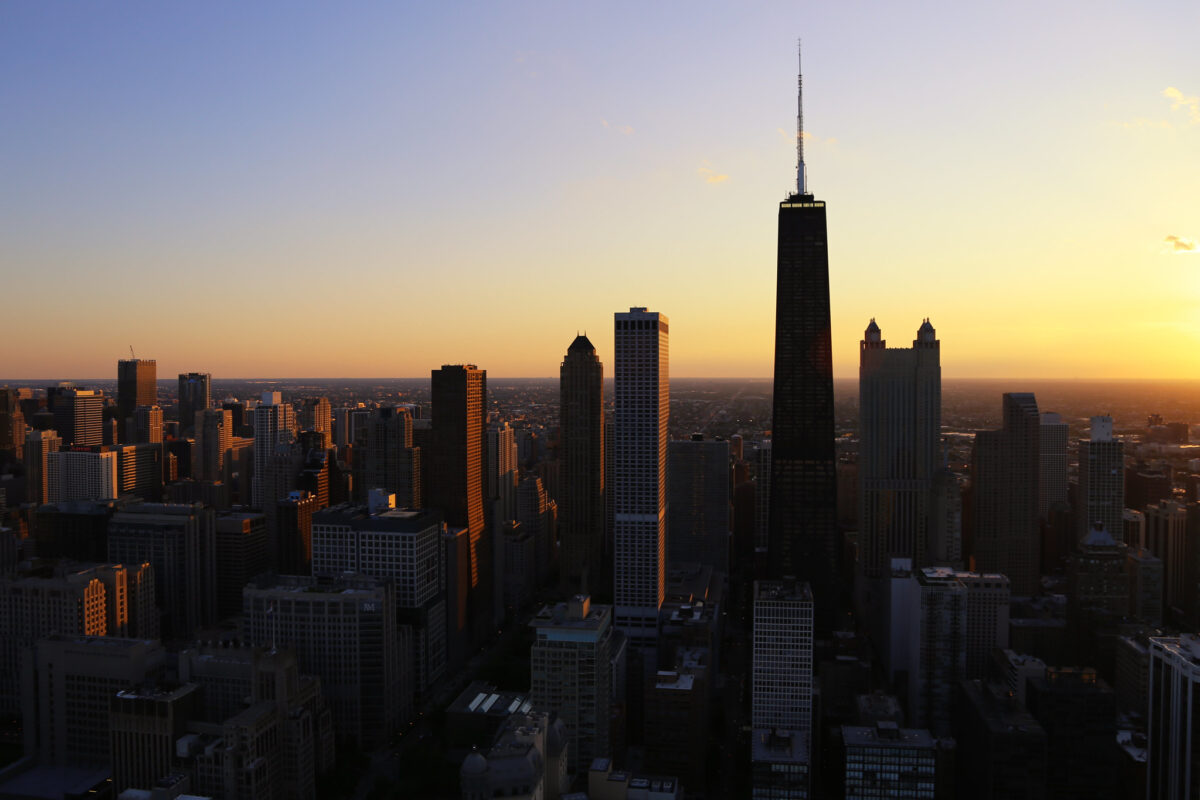


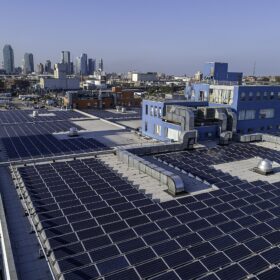

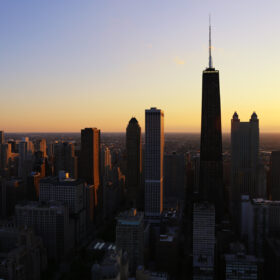
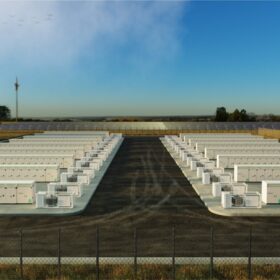
By submitting this form you agree to pv magazine using your data for the purposes of publishing your comment.
Your personal data will only be disclosed or otherwise transmitted to third parties for the purposes of spam filtering or if this is necessary for technical maintenance of the website. Any other transfer to third parties will not take place unless this is justified on the basis of applicable data protection regulations or if pv magazine is legally obliged to do so.
You may revoke this consent at any time with effect for the future, in which case your personal data will be deleted immediately. Otherwise, your data will be deleted if pv magazine has processed your request or the purpose of data storage is fulfilled.
Further information on data privacy can be found in our Data Protection Policy.